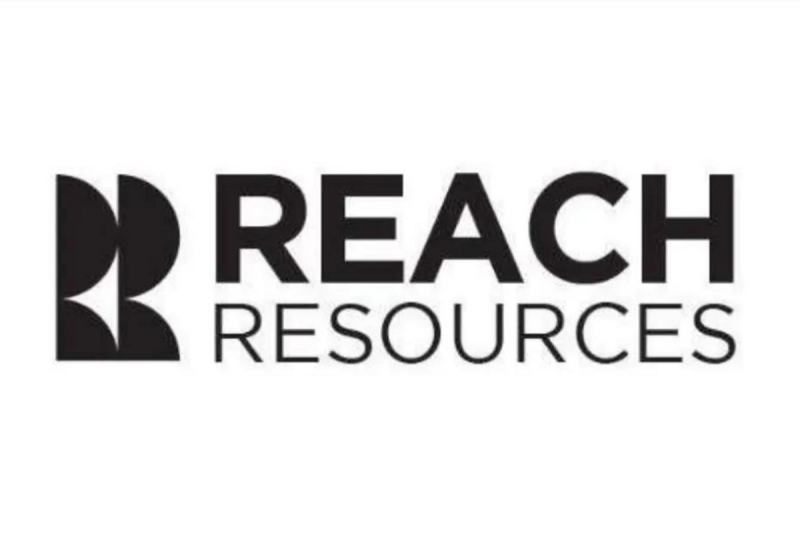In the realm of corporate finance, the concept of rights issue and the associated shortfall has been a subject of intrigue for analysts, investors, and company management alike. A rights issue, also known as a rights offering or a rights offering, is a relatively common method through which companies raise capital by issuing new shares to existing shareholders. The process involves granting existing shareholders the right to purchase additional shares at a discounted price within a specified period.
One of the primary reasons behind a company opting for a rights issue is to bolster its capital base and enhance its financial position. By allowing existing shareholders to purchase additional shares at a discount, the company can raise funds for various purposes such as expansion, debt repayment, or investment in new projects. Moreover, a rights issue can also serve as a signal of the company’s confidence in its growth prospects and its commitment to strengthening its balance sheet.
However, the issuance of new shares through a rights issue can lead to a potential shortfall if not all existing shareholders choose to exercise their rights. The shortfall occurs when the total funds raised through the rights issue fall short of the targeted amount due to undersubscription by shareholders. In such cases, the company may have to seek alternative sources of funding to bridge the gap and meet its capital requirements.
Dealing with a shortfall resulting from a rights issue can pose challenges for companies, as it may impact their ability to execute planned initiatives or meet financial obligations. To mitigate the impact of a shortfall, companies may explore options such as private placements, bank loans, or issuing additional shares to institutional investors. It is essential for companies to carefully assess their funding needs, market conditions, and shareholder preferences before undertaking a rights issue to minimize the risk of a shortfall.
From an investor’s perspective, participating in a rights issue can offer an opportunity to increase exposure to a company at a discounted price. However, investors need to evaluate the company’s financial health, growth prospects, and the terms of the rights issue before making a decision. Understanding the potential implications of a shortfall resulting from a rights issue is crucial for investors to gauge the associated risks and rewards.
In conclusion, rights issues and the associated shortfall can have significant implications for companies and investors alike. While rights issues serve as a valuable tool for companies to raise capital and strengthen their financial position, managing potential shortfalls requires careful planning and strategic decision-making. By understanding the dynamics of rights issues and the implications of shortfalls, companies and investors can navigate these financial transactions successfully and capitalize on the opportunities they present.



























